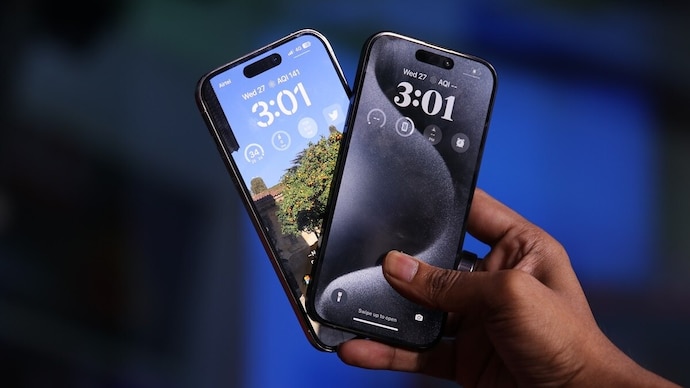Apple will improve iPhone repairability, add support for third-party batteries and displays by the end of 2024
Apple wants to improve the repairability and longevity of iPhones. The company says it will add support for third-party batteries and displays for iPhones by the end of this year.

Apple on Wednesday published a white paper in which it lays out its revised approach to device repairability and longevity. Apple says that by the end of 2024, iPhones will better support third-party displays and batteries. For example, Apple says that its features like True Tone will also work with third-party displays starting later this year. “In an effort to provide more complete support for third-party parts, starting in late 2024, Apple will allow consumers to activate True Tone with third-party parts for best performance,” the white paper reads.
Apple’s new repair rules
Apple also says that battery health metrics will still be visible on iPhones even after installing a third-party battery. This change will also be implemented by the end of the year. Apple says, “Currently, battery health metrics such as maximum capacity and cycle count are not displayed to consumers whose devices are installed with third-party batteries. This is because the accuracy of these metrics cannot be verified by Apple.”
“In fact, Apple’s internal analysis has found that some third-party batteries that are sold as new are actually second-hand, with battery health metrics manipulated to appear as new. In an effort to improve support for third-party batteries, starting in late 2024, Apple will display battery health metrics with a notification stating that Apple cannot verify the information submitted,” the company further said in the white paper.
Notably, despite this change, Apple says users will not get any guaranteed battery health metrics with third-party batteries.
With the change, Apple has come a long way since 2019, when the company began locking iPhone batteries so that users wouldn’t use third-party batteries in the phone — and if they did, Apple imposed a warning message that would appear in the device settings informing users that it was an “unknown part.”
These updates are expected to be included with the release of iOS 18 later this year. However, Apple has not given any specific details about the timing in the document.
How Apple is working on iPhone longevity
Apple says it designs its products to last a long time by using strong materials and rigorous testing. It says it makes sure products are easy to repair without sacrificing safety, security or privacy. This includes expanding repair services and making parts available for a longer period of time. Apple has written about this in detail in a white paper. Here are the key findings from that:
-Value retention: Apple says that its products, particularly the iPhone, retain their value longer than competitors. For example, iPhones retain value at least 40% longer than Android phones. This means that users are more likely to sell or pass on their old devices, thereby extending their usable life.
– Rigorous testing: Apple subjects its products to rigorous reliability tests to ensure they can withstand a variety of conditions. This includes exposure to liquids, chemicals, and physical stress. These tests are part of every stage of product development to guarantee durability.
-Long-term software support: Apple provides long-term software updates for its devices, including security patches. For example, iOS 17 supports even older devices released in 2018. This keeps older devices functional and secure for many years.
-Environmental responsibility: Apple aims to reduce environmental impact by designing products that last longer and can be easily repaired. They use recycled materials and improve repairability to avoid unnecessary carbon emissions. They also focus on high-value repairs, such as battery and display replacements, which are more practical and environmentally friendly.





